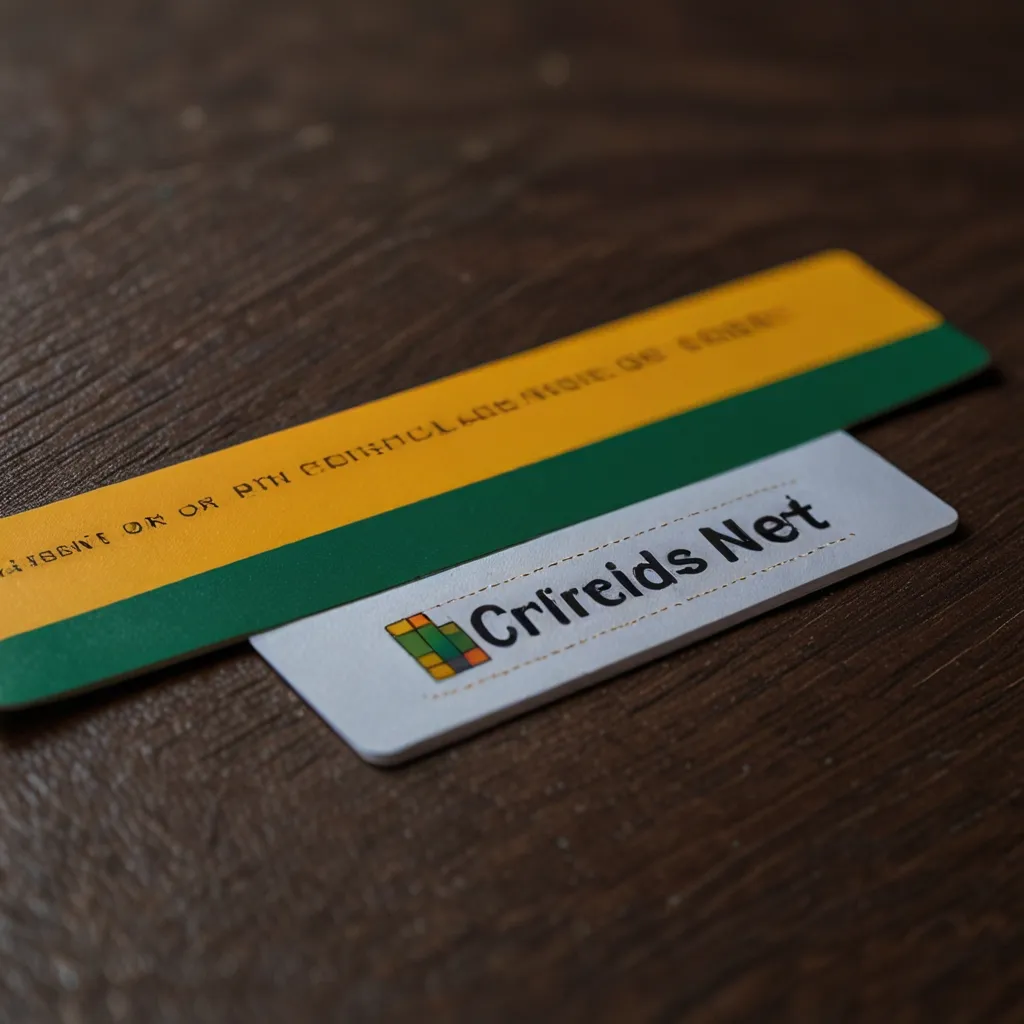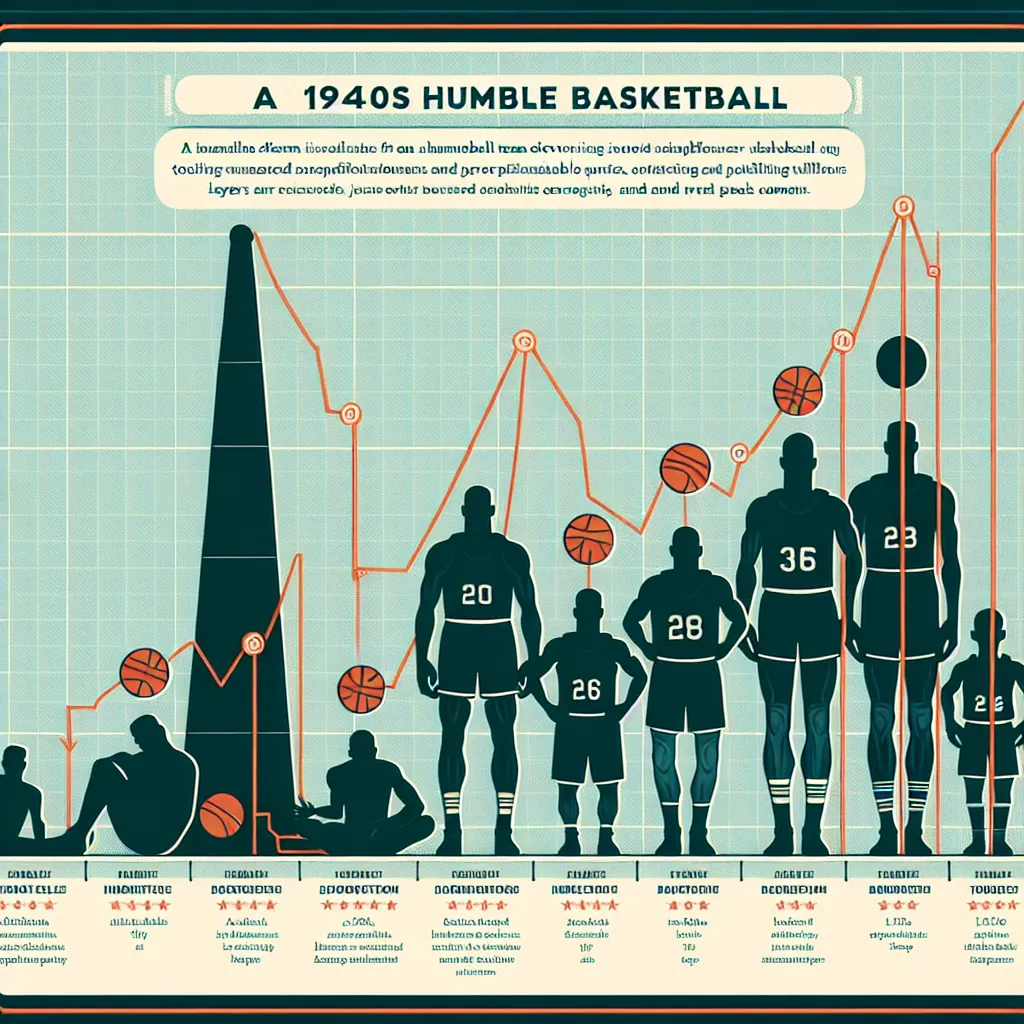Ever wonder what it’s like to have a financial safety net that’s as flexible as a rubber band? That’s pretty much what a line of credit offers. Think of it as a super helpful tool for times when you need some extra cash, whether it’s for sudden expenses or big purchases.
So here’s the scoop. A line of credit lets you borrow money within a set limit but without the inconvenience of applying for a new loan every time you need funds. It’s kind of like a credit card but better because you can draw actual cash from it. Suppose you have a credit limit of $10,000. You can dip into that pool, repay what you borrowed, and then dip back in again whenever you need. Simple, right?
One of the biggest perks is the flexibility. Unlike standard loans where you’d get a chunk of money that you have to start paying interest on right away, a line of credit really lets you pick and choose. Only needing $3,000 out of your $10,000 limit? You’ll only pay interest on that $3,000. It can save you some serious cash in the long run.
Lines of credit come in two flavors – secured and unsecured. A secured one is backed by something valuable, like your home or car, and usually comes with a lower interest rate. This makes the lender less nervous because if you can’t pay back the loan, they can fall back on your collateral. On the flip side, an unsecured line doesn’t require collateral but hey, expect those interest rates to be a bit steeper since the lender is taking more risk.
When applying, lenders will look at factors like your credit score and income. The better these are, the more favorable the terms and interest rates you’ll get. And like any good financial strategy, it’s crucial to be responsible. Borrow only what you can repay, make payments on time, and avoid overextending yourself. Otherwise, you could ding your credit score or even face legal headaches.
In a nutshell, a line of credit is a handy financial tool that’s as versatile as a Swiss army knife. When used wisely, it can help you better manage your money and reach your financial dreams without all the hassle.






